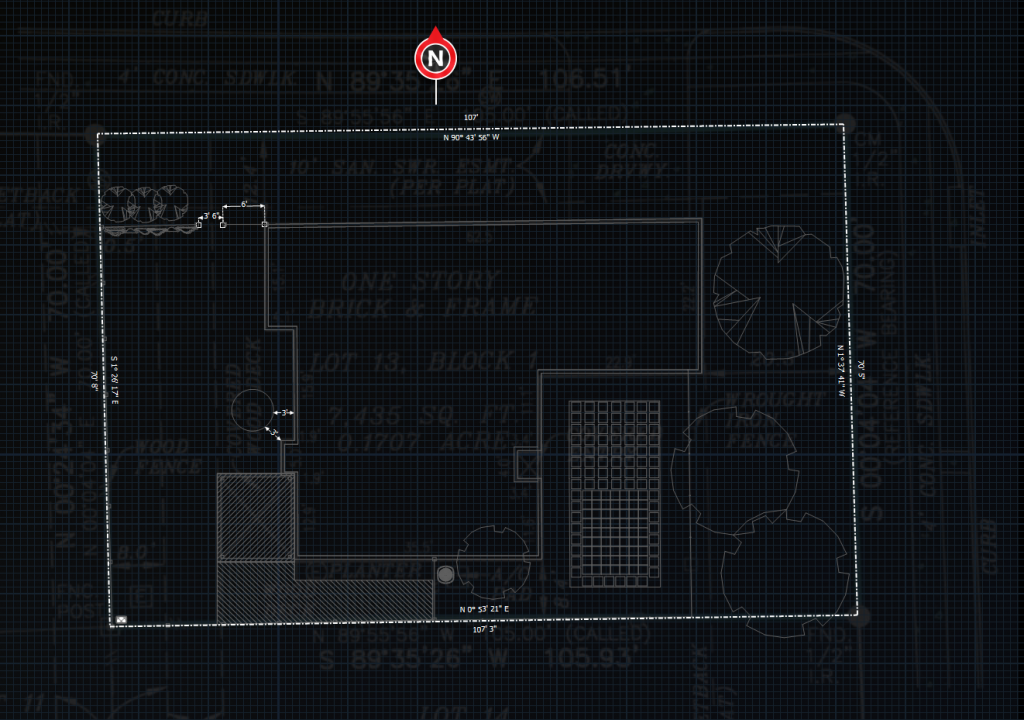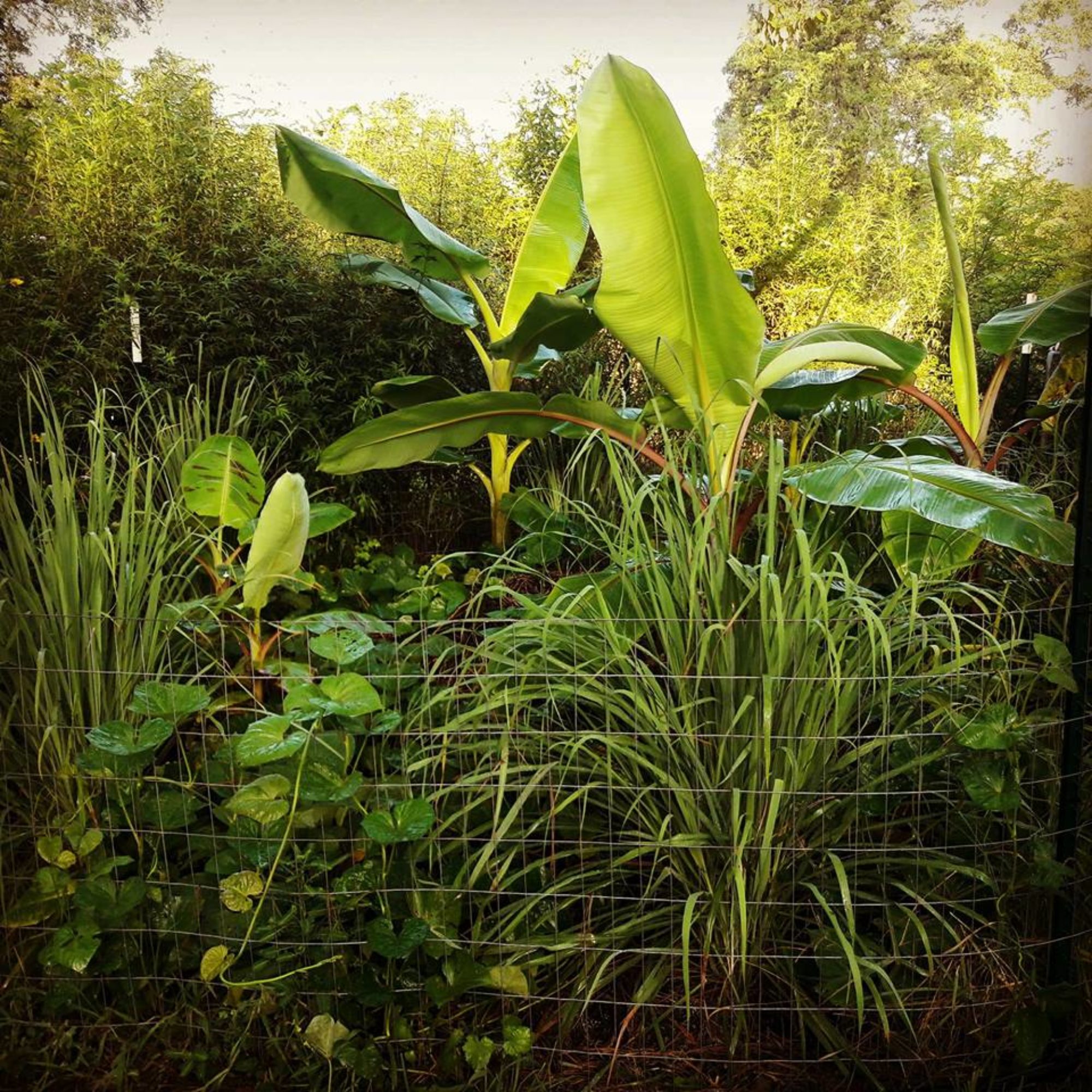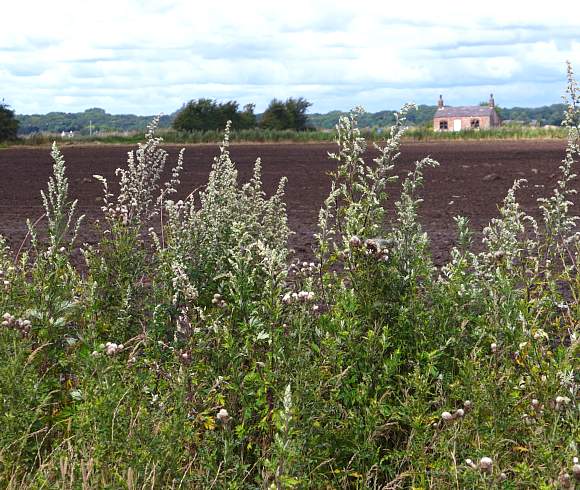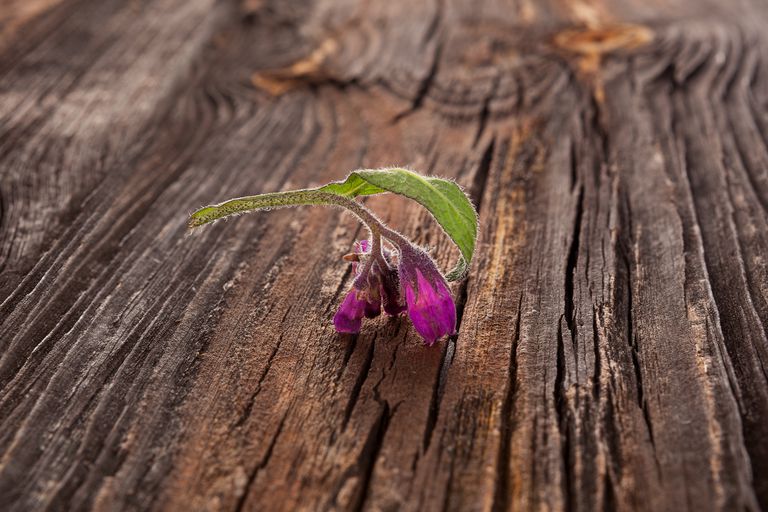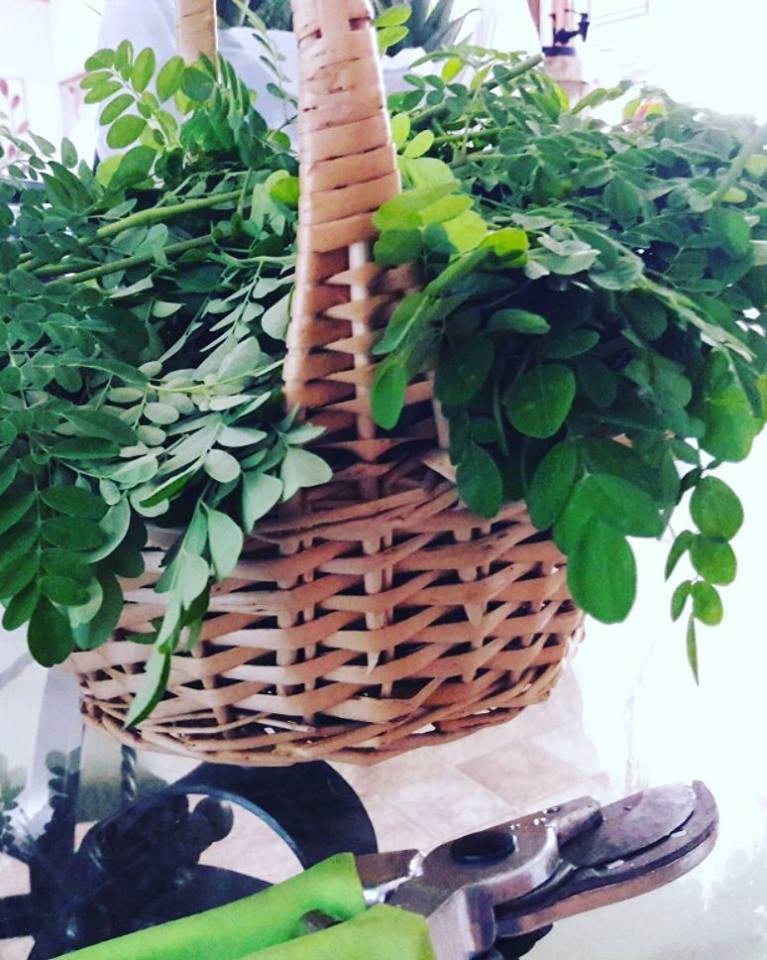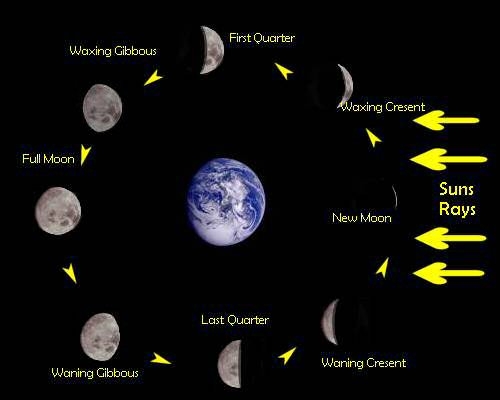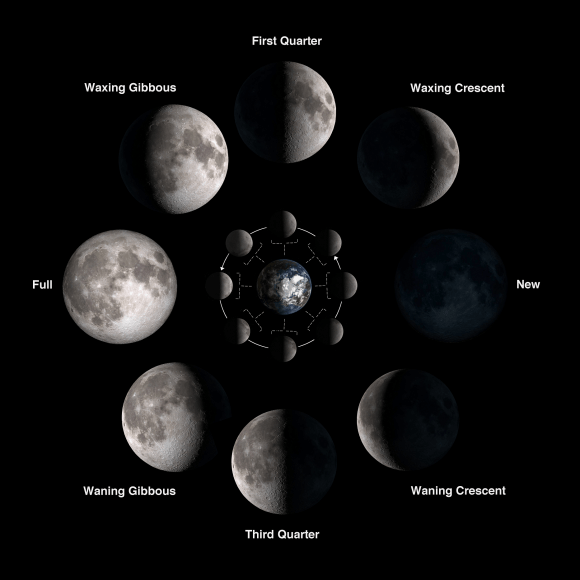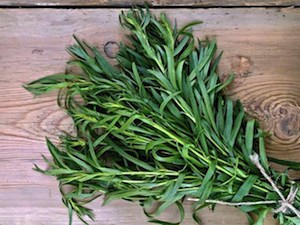Texas Edible Landscapes is proud to announce a new look to our designs! We have always created designs to scale, presented on 24″x36″ architectural paper, a digital rendering of the same design as well as a PowerPoint presentation detailing the finer points of the design. This will all remain the same, but the designs now utilize a CAD format that are much easier to read as well as the ability to produce beautiful, life-like 3D designs if desired!
See photos below for a sneak peak of the new views! I’ll update this page as this design progresses!
Here’s a link to one of my favorite designs so far – completed with this 3D Design Software. Check it out.
